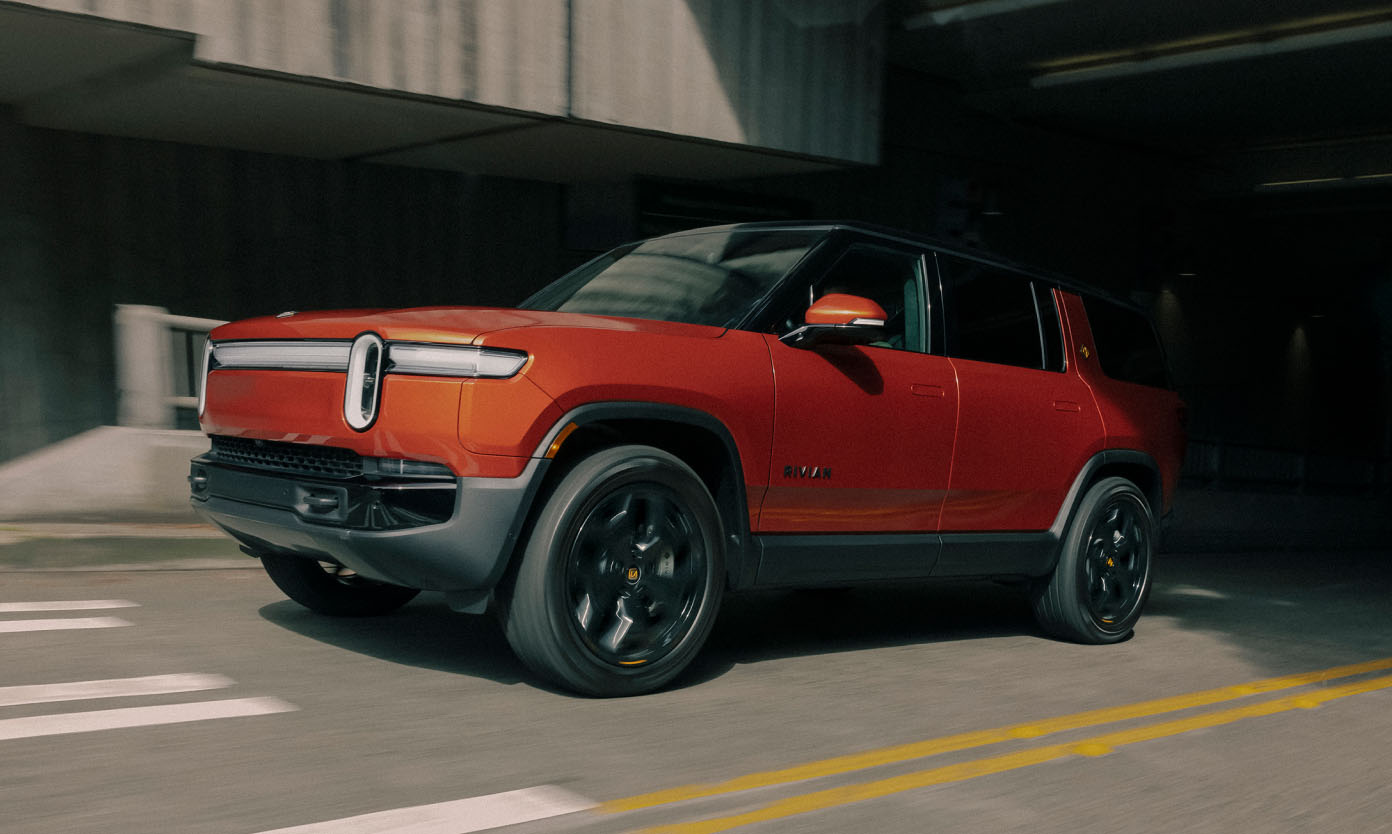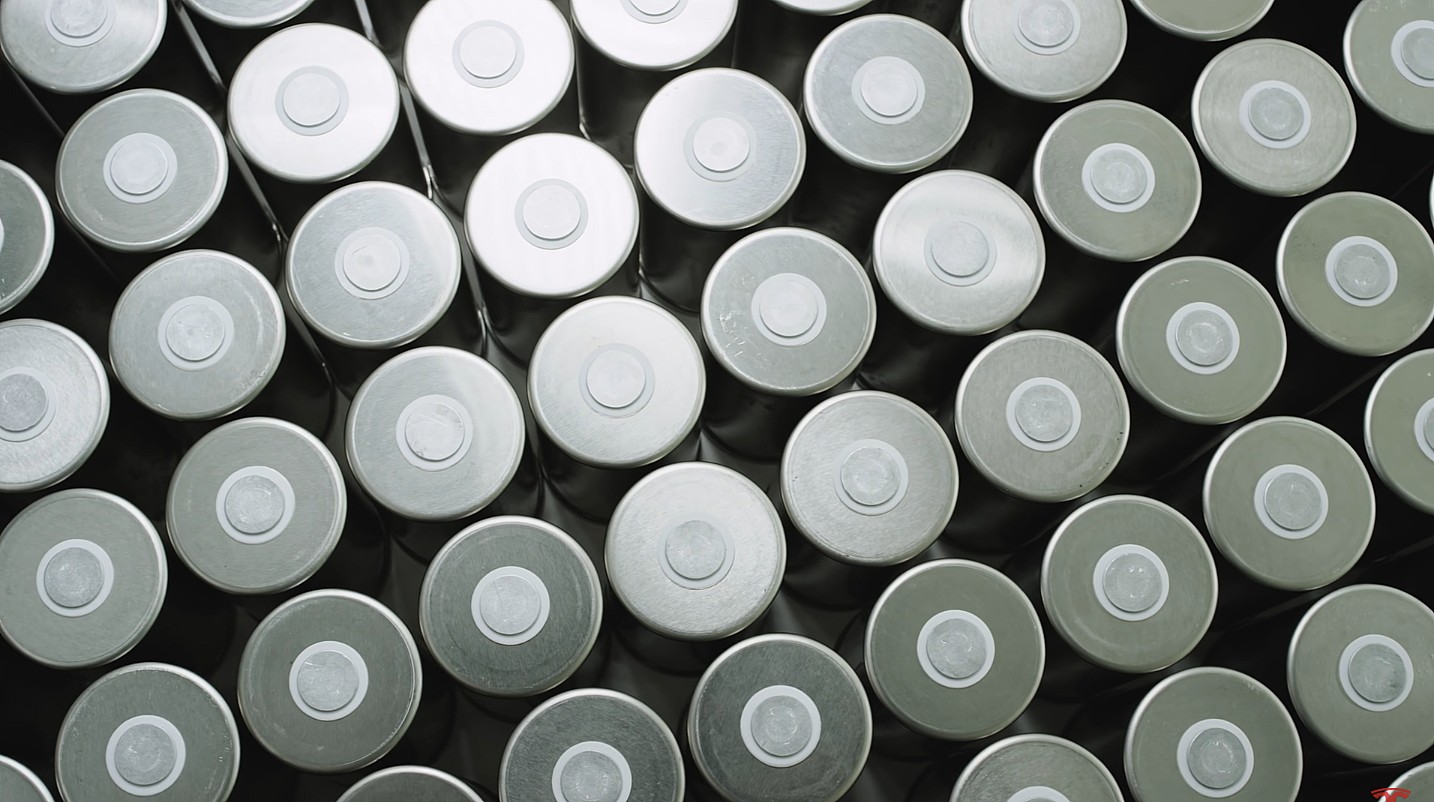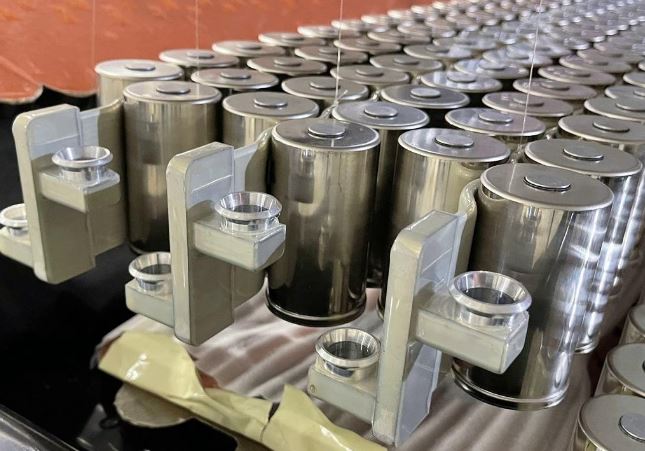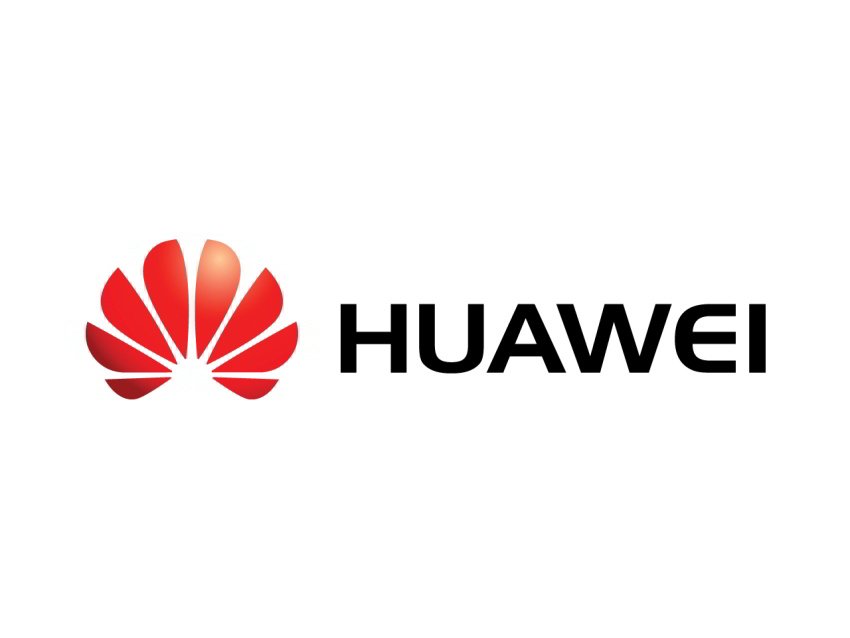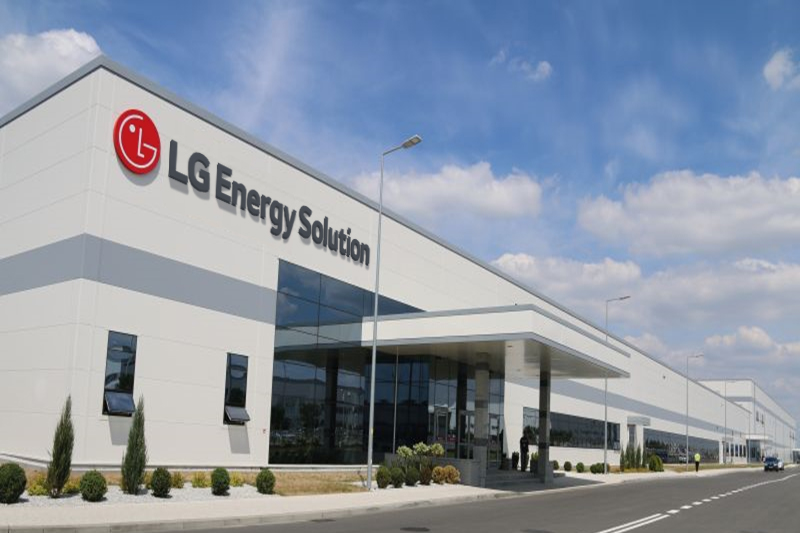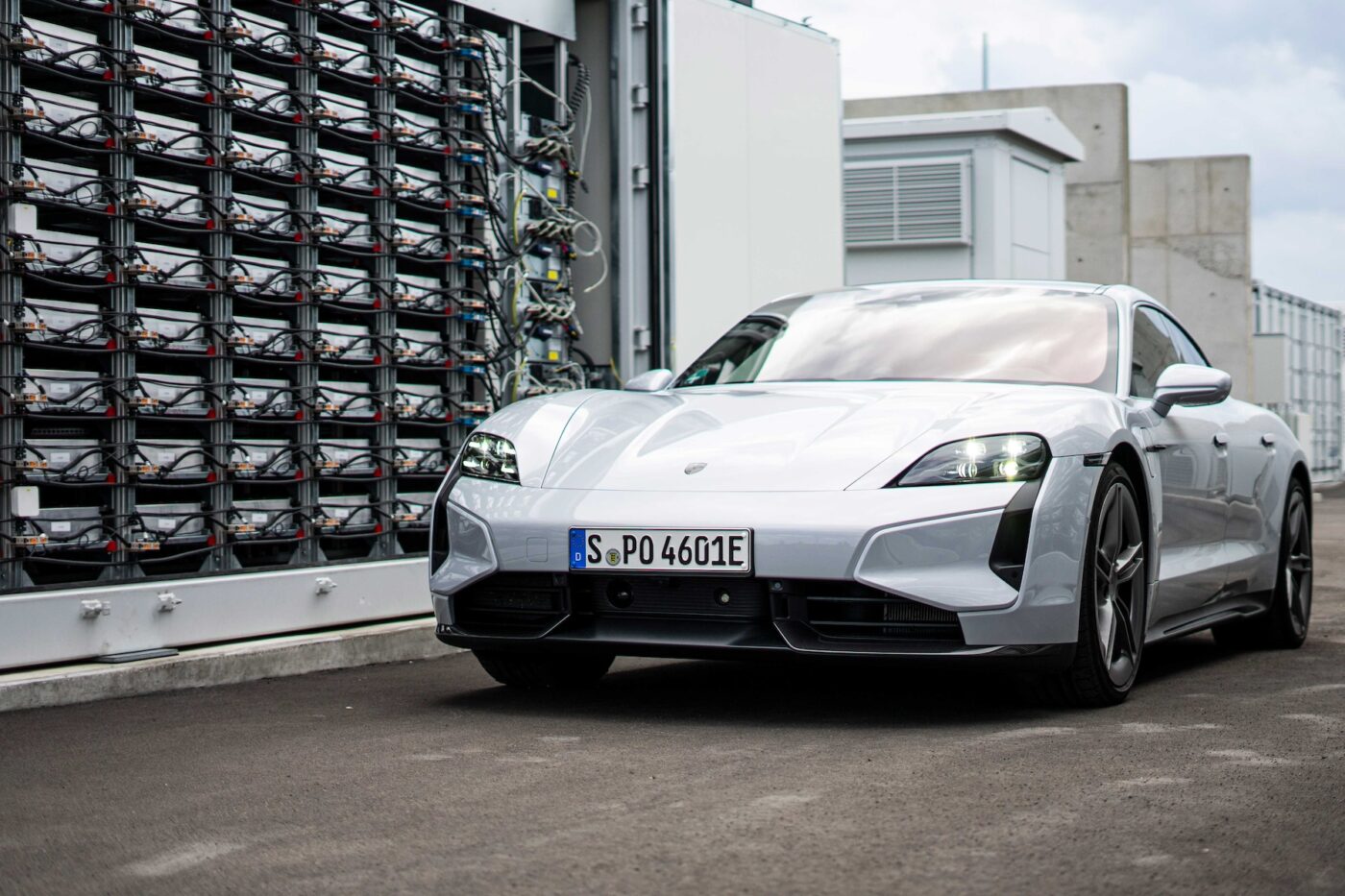Rivian aims to reach profitability in the final quarter of this year, despite posting a net loss of $1.46 billion in the second quarter. A crucial factor in Rivian’s financial outlook is the significant investment from Volkswagen, which is expected to be reflected in upcoming balance sheets.
The collaboration to develop car software between Volkswagen and Rivian, announced at the end of June, features prominently in Rivian’s Q2 report. The U.S. company confirmed that the first $1 billion from Volkswagen has already been received and will be included in the Q3 balance sheet. Volkswagen plans to invest up to $3 billion in Rivian and up to $2 billion in a planned joint venture by 2026, contingent on achieving certain milestones.
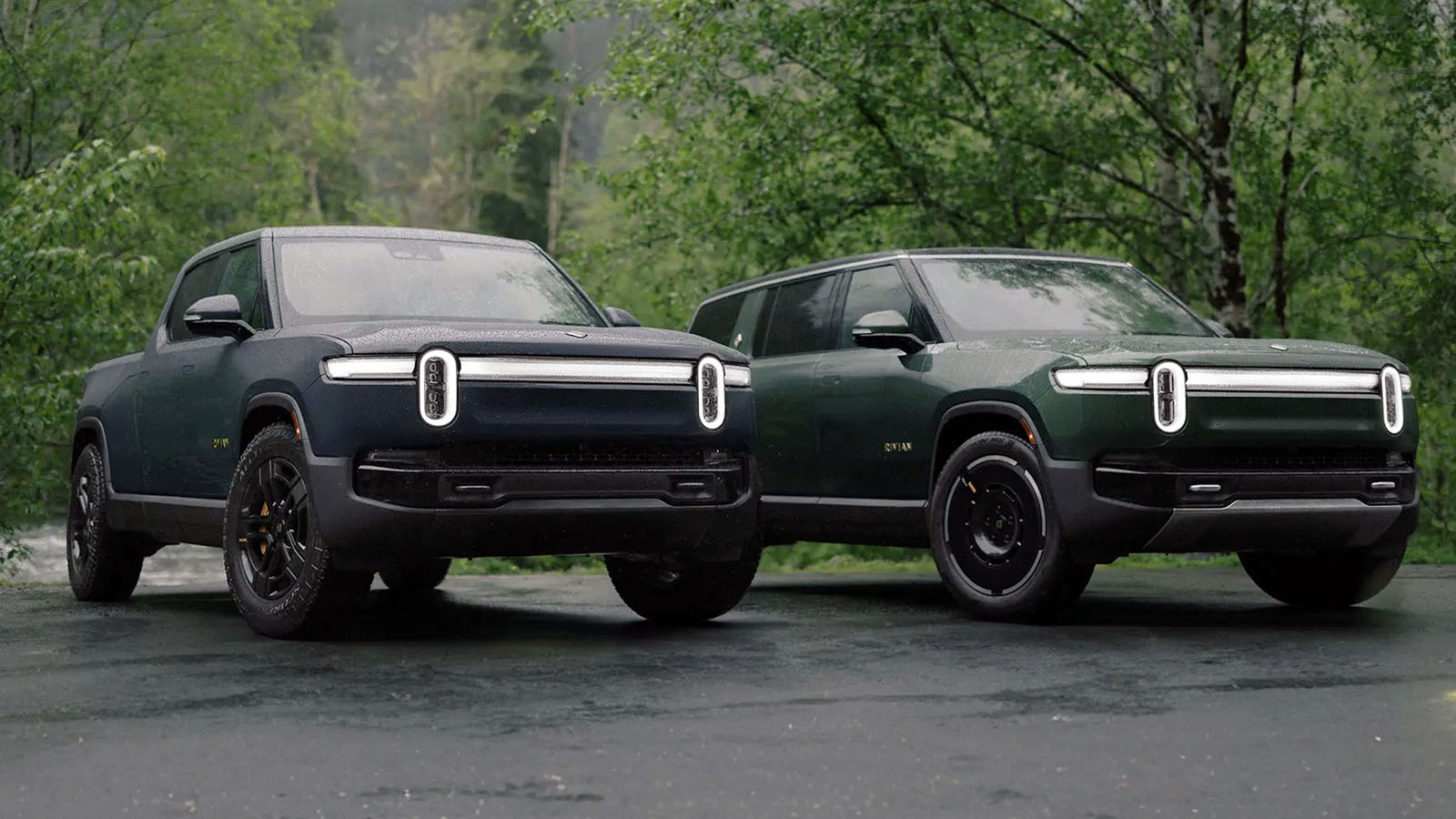
The joint venture aims to develop a new electrical/electronic (E/E) architecture based on Rivian’s existing software and electrical systems, to be used in Volkswagen’s upcoming SSP electric platform, slated for release in 2028. This initiative is part of Volkswagen’s effort to address issues with its current software unit, Cariad.
Rivian Offers Limited-Time 2.99% Financing on New Dual Max R1S
Rivian elaborated on the partnership, stating, “The lead program for this joint venture is expected to be our R2 platform with an expected start of production during the first half of 2026. While the zonal electrical architecture and core software technology developed in the joint venture will be common across vehicle programs, R2 and other Rivian vehicles will continue to have Rivian’s highly differentiated user experience and interface and will benefit from our vertically integrated propulsion, high voltage, and autonomous driving systems.”

The R2 platform represents Rivian’s strategy to penetrate the mass market, with plans to produce 155,000 units annually at its expanded Normal plant starting in 2026. Currently, Rivian’s market offerings include the R1T pickup, the R1S SUV, and a delivery van designed primarily for Amazon.
In Q2, Rivian produced 9,612 vehicles and delivered 13,790. In Q1, the company produced 13,980 and delivered 13,588. Production slowed in Q2 due to three weeks of plant reconstruction. However, Rivian expects production cost reductions to benefit the second half of the year.
Rivian’s R2 Will Redefine the EV Game: How It Stacks Up Against the Tesla Model Y!
Financially, Rivian reported consistent performance, with Q2 revenue at $1.16 billion, similar to Q1’s $1.2 billion and Q2 2023’s $1.12 billion. The net loss for Q2 was approximately $1.46 billion, comparable to Q1’s $1.45 billion but $250 million higher than Q2 2023’s $1.2 billion.
Rivian forecasts a modest gross profit in Q4, driven by plant changes and Volkswagen’s investment. The company reaffirms its annual production target of 57,000 units, an adjusted EBITDA of $2.7 billion, and capital expenditures of $1.2 billion. To meet its production goal, Rivian must significantly increase output in H2, with nearly 33,500 vehicles needed to meet its year-end target of 57,000 units, having produced 23,592 units by the end of Q2.
According to Reuters, Volkswagen’s investment of up to $5 billion will help Rivian maintain its cash reserves until it begins selling the R2 in 2026. However, Rivian continues to incur substantial losses, reportedly losing 39 percent of the sales price on each vehicle produced.

